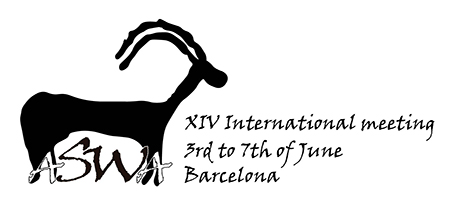Recent excavations at the Pre-Pottery Neolithic B (7,600-6,000 BCE) mega site of Motza, have revealed a unique finding of a joint burial of an adult human and two children in association with at least two fox individuals.
The settlement of Motza is located in the Judean Hills west of Jerusalem and is one of the largest sites of this period in the southern Levant. The site is remarkable for its architecture, plaster floors, a large lithic assemblage, many graves and an extremely rich faunal assemblage. As one of the earliest and largest agricultural villages in the Mediterranean phyto-geographic zone, Motza has much to contribute to our understanding of the axial transformation from hunting-gathering to agricultural societies, in its economic, ecological and social dimensions. Here, we focus on a double burial of two children and an adult with dismembered fox carcasses, which we argue is important evidence to the symbolic world of the Neolithic, and the way by which this symbolic universe interacted with the anthropo-formed natural environment of this period.
Joined burials of humans with small carnivores are known from a few sites in the southern Levant and are major junctions where the natural and the social worlds meet. Of particular interest are such animal burials that are at the edge of the transition from hunter-gatherers to farmers and records the story of shifting relations between humans and their fellow animals. This finding demonstrates the broader socio-cultural perspective and the possibly still-animistic world-view of the Neolithic foragers at the onset of the agricultural revolution.

 PDF version
PDF version
